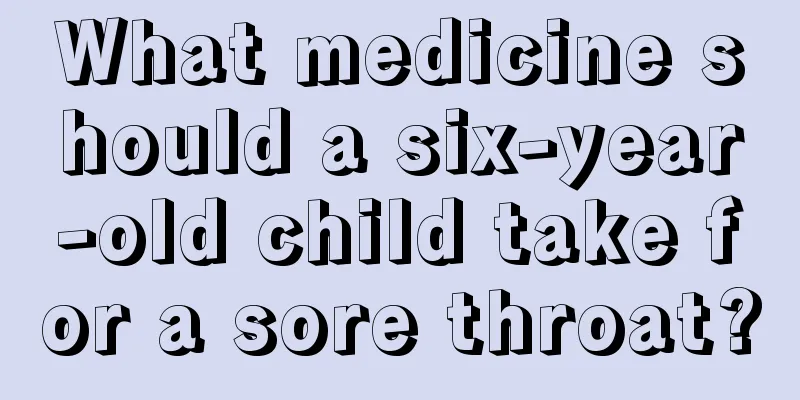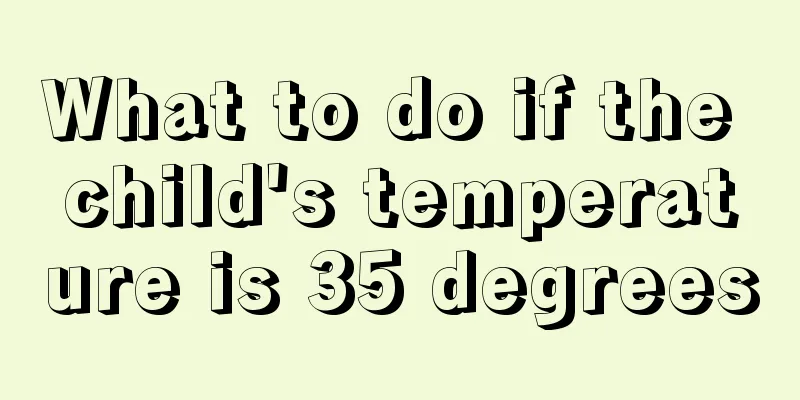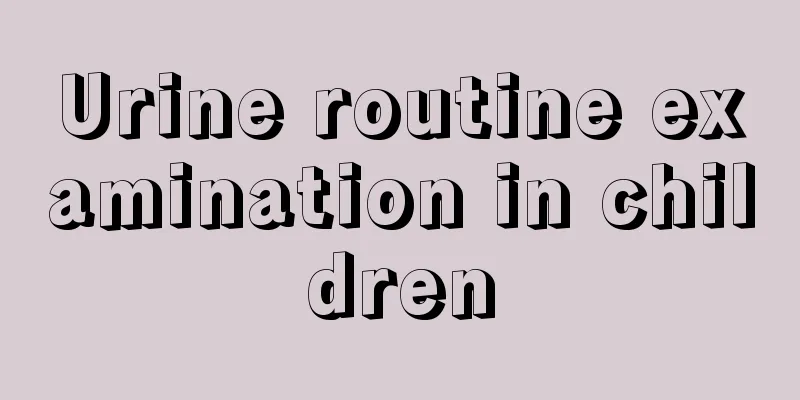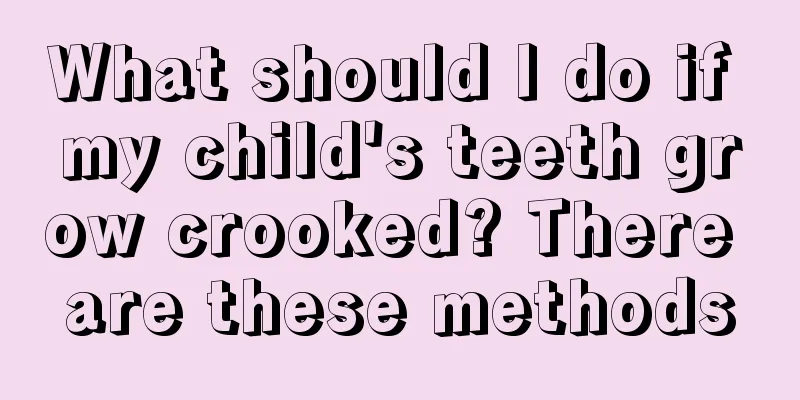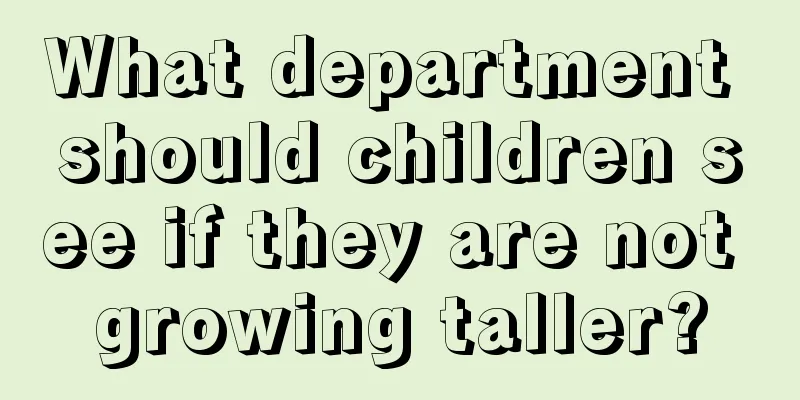What should children eat for fever and cold?
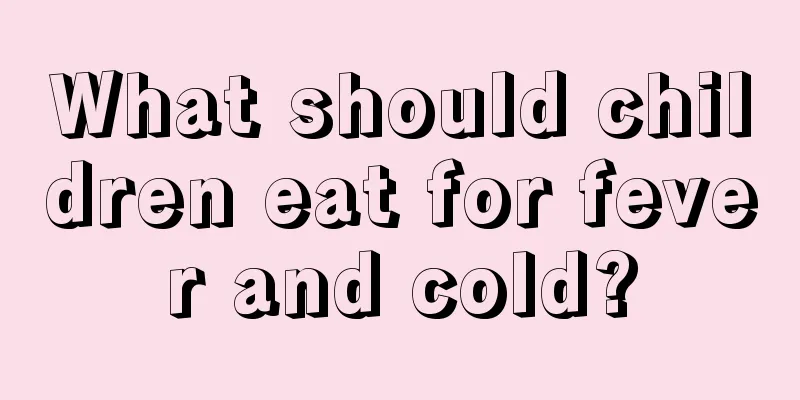
|
Heat cold is a relatively common disease that often occurs in infants and young children. It is a disease that mothers must pay attention to. This disease is a type of upper respiratory tract infection. Because infants and young children's respiratory systems are not yet fully developed, they are very susceptible to infections. Because of their weak resistance, germs can easily invade and cause harm to children. So, what should children eat when they have a heat or cold? Let’s find out through the following content! Heat cold is a common disease in infants and young children. It is a type of upper respiratory tract infection in children. Children show symptoms of high fever, nasal congestion, runny yellow nose, sneezing, mild cough, red face, red throat, red tip of tongue, and sometimes sore throat and tonsil pain. Because children's respiratory system is not fully developed, the respiratory tract lumen is relatively narrow, mucus secretion is less, and ciliary movement is weak, making them susceptible to infection. In addition, children's immune systems are not fully functional, and the antibodies they receive from their mothers disappear after birth, which reduces their resistance to pathogens and makes them more susceptible to bacterial infections. So what should we do if children have a fever and cold? Children with a cold often have a loss of appetite and may experience digestive system dysfunction. Their diet should consist mainly of light, easily digestible foods. Because the temperature is high in summer, and children have a fever and take antipyretics, which will cause them to sweat more, so they should replenish enough water and drink water regularly. Get enough rest and ensure adequate sleep. If coughing affects your sleep, you can take cough suppressants under the guidance of a doctor. In summer, the room temperature of the child should be maintained at a certain level, generally 26℃-28℃. Too high a temperature is not conducive to heat dissipation, while too low a temperature will cause the child's blood vessels to constrict and is not conducive to heat dissipation. The air-conditioned room should also be ventilated frequently to keep the air fresh. When the child's fever reaches 39°C, he or she should take antipyretics under the guidance of a doctor, otherwise it may cause febrile convulsions or other adverse consequences. Through the introduction above, I believe you already know what to eat for children with heat and colds! It is best not to let children stay in an environment with a lot of traffic or an unventilated environment, as this can easily lead to bacterial infection. If a child has a heat cold with a fever, physical methods should be used to help cool the child down if the temperature is below 39 degrees. If the temperature exceeds 39 degrees, the child should be sent to the hospital for treatment in time. |
<<: Why is my child losing his hair?
>>: Why is the child's skin yellow?
Recommend
What is the height and weight of a three-year-old girl?
In our daily life, many parents are always afraid...
What should I do if my baby has small red bumps due to food allergies?
Since the baby has just been born, many parents d...
Don't put this in your child's room.
With the improvement of modern people's livin...
What to do if your child has a fever in the middle of the night
There are many common problems among children. Th...
What to do if your baby falls and gets a head injury
Babies are the cutest time of their lives. When w...
Will general anesthesia have any impact on a two-year-old baby’s body?
Generally, four types of anesthesia methods are u...
What are some ways to cultivate children's sense of security?
Not all children are born as good as we imagine, ...
What to do if a one-week-old child's hands turn red due to freezing
Children's hands and feet must be kept warm i...
The correct way to burp a baby_How to burp a newborn baby
Many young parents do not know much about how to ...
What to do if children have toothache
Children nowadays do not pay attention to their p...
How to treat baby's allergic cough effectively
All parents hope that their babies can grow up he...
What to do if your two-year-old baby has allergies
All mothers should know that babies' skin is ...
Why do children's knees make cracking sounds? Causes of cracking knees
Children's knee joints may make parents worry...
Why do children keep blinking?
There are many reasons why children keep blinking...
Symptoms of baby choking on trachea when drinking medicine
Babies' immunity is relatively weaker than th...
